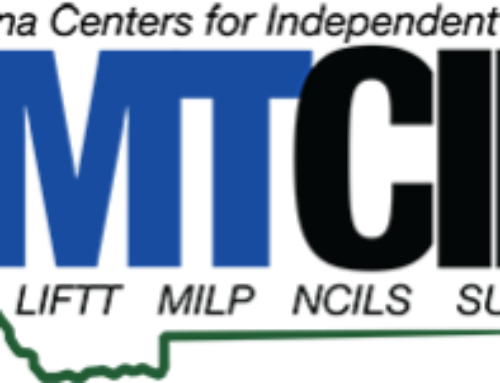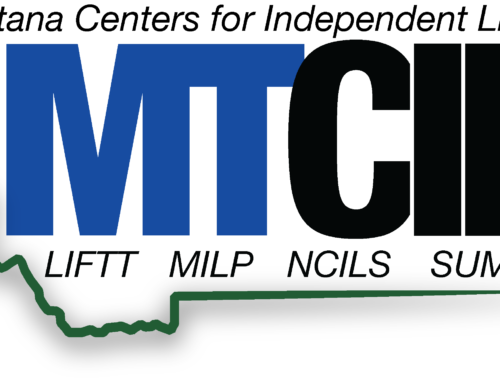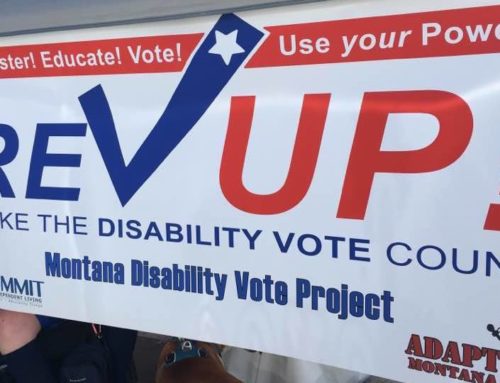Hanna Hamaoka is a hard worker. As a daycleaner at the Good Food Store, Hanna busses tables, cleans restrooms, takes out the garbage and does other tasks. She has worked there since 2003, but until recently she was unable to receive the same employee benefits as other Good Food Store employees simply because Hanna needs Medicaid. To remain eligible for the program, she had to keep her financial resources under a certain limit. This meant she was unable to be a part of the store’s 401(k) retirement plan. Then she signed up for Medicaid for Workers with Disabilities (MWD).
Hanna is one of many people with a disability in Montana who want to work. But until Medicaid for Workers with Disabilities took effect on July 1, 2010, being too productive meant losing a benefit many people rely on to survive. And while some people with disabilities are able to meet their needs through private insurance, Medicaid is necessary for people like Hanna because it pays for essential aid that private insurers aren’t willing to cover including personal assistance, prescription medications and waiver services.
Medicaid also is helpful because it operates differently than private plans. Private insurance is typically unaffordable for people with disabilities if they wish to get on an individual plan. Additionally, private insurance has historically had pre-existing condition clauses that cause private insurance to not cover existing health conditions for people with disabilities. The Affordable Care Act, signed in March of 2010, has provisions that will phase out most pre-existing condition rules by 2014. Still, there are some private plans where the language has been grandfathered in. There is now a program called the Pre-Existing Condition Insurance Plan (PCIP) available as a temporary insurance until 2014, but in most cases it is preferable for people with disabilities to stay with Medicaid if it is available to them.
By making a monthly payment calculated from her income, Hanna is able to remain eligible for Medicaid, which she said she needs for health emergencies and other services. Hanna is also able to use the program’s increased resource limit and unique retirement account disregard to safely enroll in her work’s retirement plan. MWD’s allowable resource limit is about four times higher than that of standard SSI-based Medicaid, and, unlike other Medicaid programs, it doesn’t count a worker’s retirement account savings against that increased resource limit. Thanks to the increased savings allowance, Hanna was able to replace her broken washer and dryer. She said she is also saving money towards buying her own home and for future vacations.
While the program is fairly new, Hanna is not the only person using MWD. In May, nearly 400 people in Montana were enrolled in the program.
Another Medicaid for Workers with Disabilities consumer, Tina Hunt, is a hostess at the Russell Street Grill. She brings out food, cleans tables and says she enjoys chatting with customers. And while Tina says she loves her job, she would be unable to do it without taking prescription medication that she relies on Medicaid to afford. With MWD, Tina is able to stay on Medicaid and is now able to use her earnings to do things many Montana workers take for granted. She buys her own groceries and is saving up for a car. Tina said she also plans to use her savings to visit family in Bismarck with her brother.
Most of all, though, Tina is grateful that she has the opportunity to work without putting her health in jeopardy. She said she has no desire to sit at home and be isolated from the community.
“It would drive me crazy if I couldn’t get out and do anything,” Tina said.
To learn more about Medicaid for Workers with Disabilities contact: jfield@summitilc.org





Connect With Us